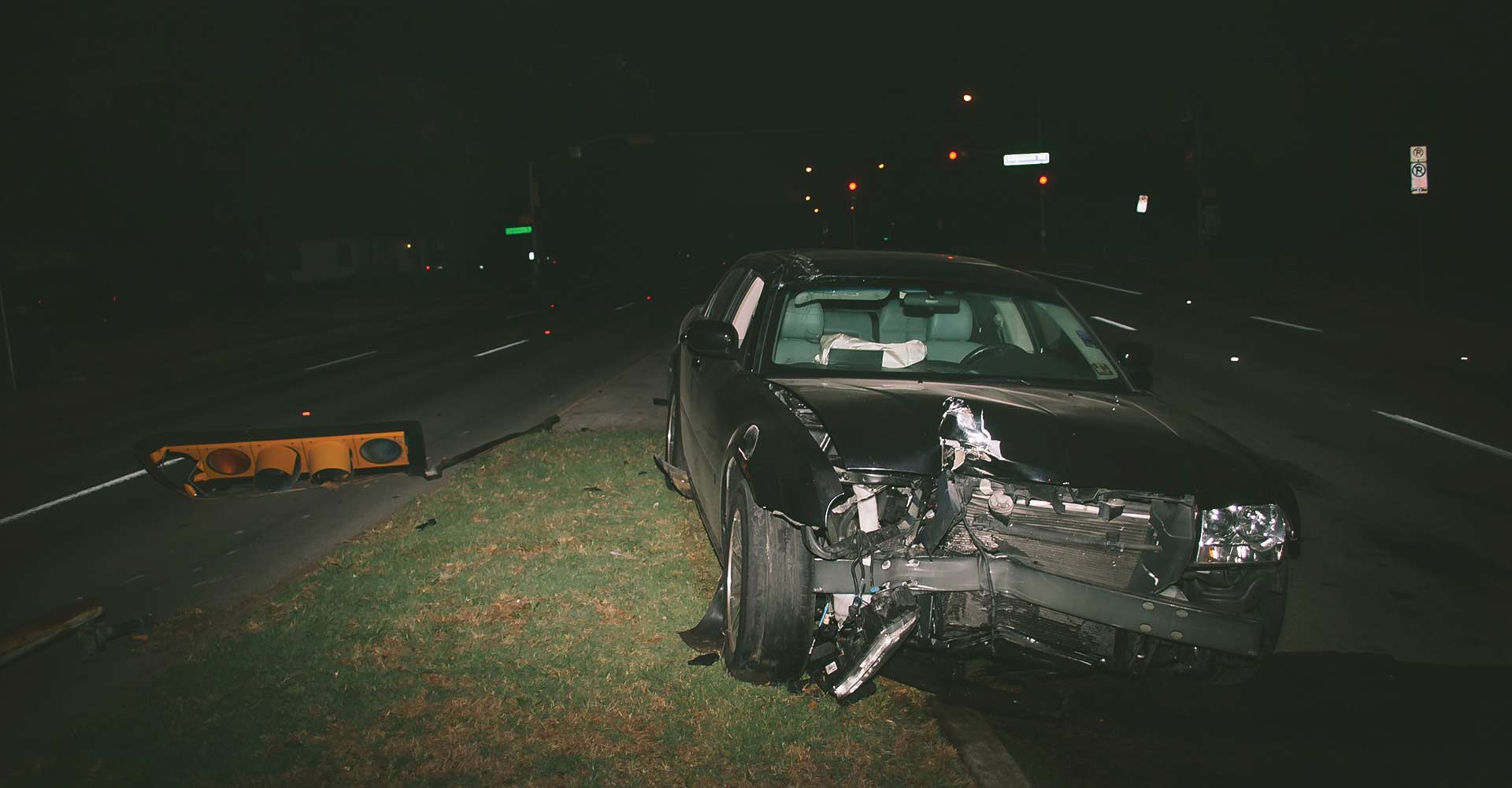DRINKING AND DRIVING ACCIDENTS – PROVING LIABILITY
If you were hit by a drunk driver, it seems like your case should be simple. He or she broke the law and drove under the influence and damaged your property. You may have been injured or lost someone because of that stupid, careless, selfish decision. However, drinking and driving accidents aren’t always cut and dried.
The National Highway Traffic Safety Administration (NHTSA) started monitoring drunk driving wrecks in 1966 after the enactment of the National Traffic and Motor Vehicle Safety Act. Since then, more than a million Americans have died in traffic accidents. The NHTSA provides a list of visual cues law enforcement uses when evaluating motorists who may have been driving under the influence.
Knowing the cues can help keep you safe on the road. When you see someone showing signs of intoxication, give them a wide berth. They can also serve as evidence in drinking and driving accidents where personal injury occurs.
PROBLEMS MAINTAINING PROPER LANE POSITION
Some of the most devastating drinking and driving accidents occur when a drunk motorist doesn’t stay in their lane. We’ve written another article with tips on what to do if you’re hit by a drunk driver. If you saw one of these signs or it caused your wreck, it could indicate the other driver was driving under the influence.
- Weaving – When the vehicle moves from one side of the lane to the other or crosses lane lines before making a correction. The driver might also straddle the center line.
- Drifting – The driver might move in a line, but they seem to float at an angle.
- Swerving – Drunk drivers make drastic corrections when they realize they’re in the wrong place.
- Turning trouble – Drivers might turn too wide or drift out of the correct lane when turning.
- Almost striking another vehicle – You or someone else might have noticed the driver narrowly avoiding a collision before they hit your vehicle.
SPEED AND BRAKING PROBLEMS
Drinking impairs perception and motor skills. Drunk drivers do the following:
- Stop too far from curbs, stop signs or limit lines
- Speed up or slow down for no reason, sometimes repeatedly
- Drive more than 10 mph under the posted limit
- Make sudden last-minute stops
Drinking and driving accidents also happen when drivers fail to stop at all.
VIGILANCE PROBLEMS IN DRINKING AND DRIVING ACCIDENTS
Alcohol interferes with a driver’s ability to pay attention to surroundings. A drunk driver might forget to turn on headlights and not even notice. He or she might drive into opposing traffic or turn the wrong way on a one-way street. Drunk motorists take longer to notice when the light has changed. Intoxication causes deadly drunk driving accidents when the motorist passes out at the wheel.
JUDGMENT PROBLEMS
When you drive, you make hundreds of decisions almost instinctively. Experience, visual cues, feedback from your vehicle and your knowledge of the surrounding area all influence what you do. That’s all dulled by alcohol.
Drunk drivers follow too closely, reducing stopping distances. They turn illegally, get belligerent with other drivers and urinate on the roadside. They might drive on the shoulder or in the turning lane, thinking it’s the road. Their driving posture might also indicate impairment.
DRINKING AND DRIVING ACCIDENTS – POST STOP CUES
Much of the time, drinking and driving accidents seem to come out of nowhere. If you had seen the other driver weaving, swerving or showing other signs of drunk driving, you probably would have taken precautions. After the accident, you may notice these cues.
- Fumbling with vehicle controls – the driver might struggle with turning the key to shut off the engine or operating the window or door
- Trouble getting out of the vehicle
- Slurred speech
- Odor of alcohol or empty containers in the vehicle
- Fumbling to find or provide driver’s license and insurance
- Swaying or trouble with balance – he or she might lean on their vehicle to try and appear more steady
- Needing questions repeated or asking the same question more than once
- Slow response or drifting attention
- Giving false information or changing answers to questions about the accident
When drinking and driving accidents cause personal injury, you need a lawyer. Monsour Law Firm has extensive experience proving liability in drunk driving cases, and we’ll fight for the compensation you deserve. Get in touch today to schedule a free consultation.


